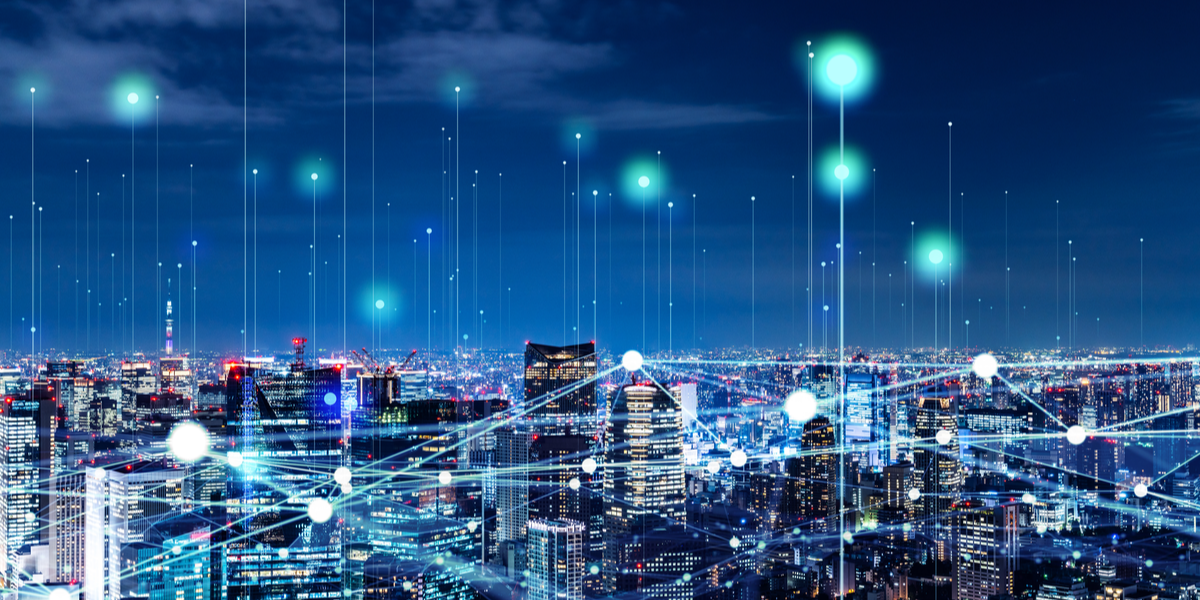Active Efficiency: Bringing Physical Infrastructure Online for Energy Optimization
Let's Save Energy
Alliance to Save Energy's Blog

Guest blog post by Alliance Board Member Matt Helgeson, Head of Sustainability, Siemens USA
The phrase of the day used to be climate crisis. What we’re hearing now is climate action.
This is a promising transition that recognizes the need for us to act now. Solutions that can be implemented quickly and cost-effectively are required to ensure an energy future that is more sustainable, resilient, and equitable – one that creates jobs and opens doors in America’s new green economy.
While we know we can turn off the lights when not using them, for example, or even retrofit buildings and systems to reduce emissions, with the advancement of technologies we have available today, there’s even more we can do to achieve energy efficiency. This is the era of Active Efficiency.
By combining the digital and physical worlds, we can make our factories more agile and productive, we can make our buildings and grids more intelligent and efficient, and we can make our transportation more reliable and sustainable. With the Alliance to Save Energy and its Active Efficiency Collaborative, we’re working collectively to bring the physical world online and take advantage of the new technologies that are available to us now for a brighter energy future.
BUILDING INTEGRATION IN ACTION
Think about the transformation that’s happening in our built infrastructure as we connect it and bring it online: buildings are becoming smarter and more interconnected with distributed energy systems deployed onsite. With these technologies, we can both decarbonize our built environment and make it less expensive to operate and maintain.
This transition carries with it enormous opportunities for energy efficiency, which remains the most powerful, versatile, cost-effective, and bipartisan tool for meeting our energy needs. And with energy efficiency and renewables working together via clean buildings, we can unleash the full potential of Active Efficiency on the grid.
Therefore, at Siemens, we’re deploying and investing in technologies and services that intelligently connect energy systems to buildings and industry, with an eye toward reliability and smaller carbon footprints.
One area of focus is our work with cities, schools and campus environments, hospitals, etc., to install onsite energy efficiency solutions and renewable power systems. As one example, Siemens is working with the Javits Center in New York City, the busiest convention center in the U.S., to retrofit and re-engineer the campus to combine renewable energy solutions with both building management and energy management solutions. The result will be the largest rooftop solar installation in New York City, with nearly 3,000 solar panels and an energy storage system. By integrating energy efficiency approaches with the capabilities of smart and connected technologies and distributed energy resources, the Javits Center and Siemens are creating a model for an equitable, adaptable, decarbonized energy system that others can follow.
During Climate Week NYC, representatives from the Alliance to Save Energy, the Javits Center, Siemens and the New York Power Authority came together at The Nest Summit to discuss how can we ensure that buildings are not just sustainable, but that they are optimized to be resilient, hyper-efficient, people-centric and continue to be engines of our economy. You can view the panel, Building Back Better Starts with our Buildings, on-demand here.
TRANSPORTATION INTEGRATION IN ACTION
In the U.S., we’re seeing exponential growth of the electric vehicle market. Ford and SK Innovation, for example, recently committed to invest $11 billion in electric vehicle manufacturing plants in the U.S. This is Ford’s largest-ever single manufacturing investment in its 118-year history. As the transition to electrified transportation continues, we’ll see a dramatic reduction in carbon emissions. But those vehicles aren’t going anywhere unless they are charged – and we’re seeing increasingly innovative ways that EV charging infrastructure can impact the buildings in which it’s located.
Advanced EV chargers can interact with buildings via tools for monitoring and adjusting power demand, metering energy usage, and expanding network connectivity to electric vehicle service providers, buildings, and automation systems. This integration enables building managers to control the chargers and ensure they do not exceed building capacity and load management targets. The connectivity also provides data through a reporting dashboard to understand and monitor energy usage over time. And once electric vehicles have a real mass on the grid, we’ll reach a tipping point where there will be two-way flow of electricity – meaning electric vehicles could help power buildings during times of peak demand or outages.
The convergence of the virtual with the physical world is happening at the beginning of this decade of change. But it’s important to note: Active Efficiency is about integration – it’s not just clean transportation or clean buildings, but how those are interacting and bringing together technologies and practices to achieve a greater optimization of energy. At Siemens, we’re proud to partner with the Alliance to Save Energy to together work to achieve a healthier economy, a cleaner environment, and greater energy security.
STAY EMPOWERED
Help the Alliance advocate for policies to use energy more efficiently – supporting job creation, reduced emissions, and lower costs. Contact your member of Congress.
Energy efficiency is smart, nonpartisan, and practical. So are we. Our strength comes from an unparalleled group of Alliance Associates working collaboratively under the Alliance umbrella to pave the way for energy efficiency gains.
The power of efficiency is in your hands. Supporting the Alliance means supporting a vision for using energy more productively to achieve economic growth, a cleaner environment, and greater energy security, affordability, and reliability.



